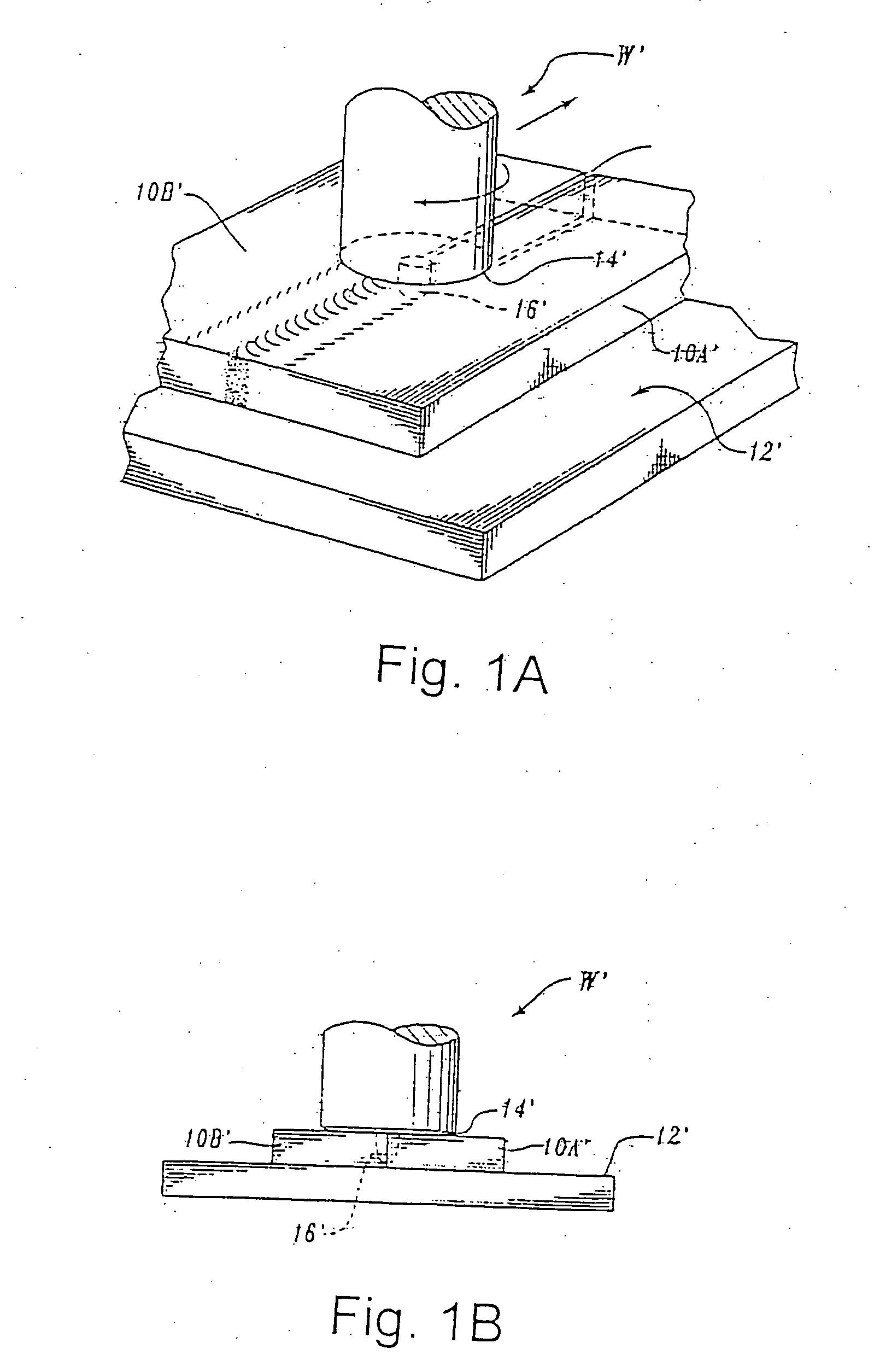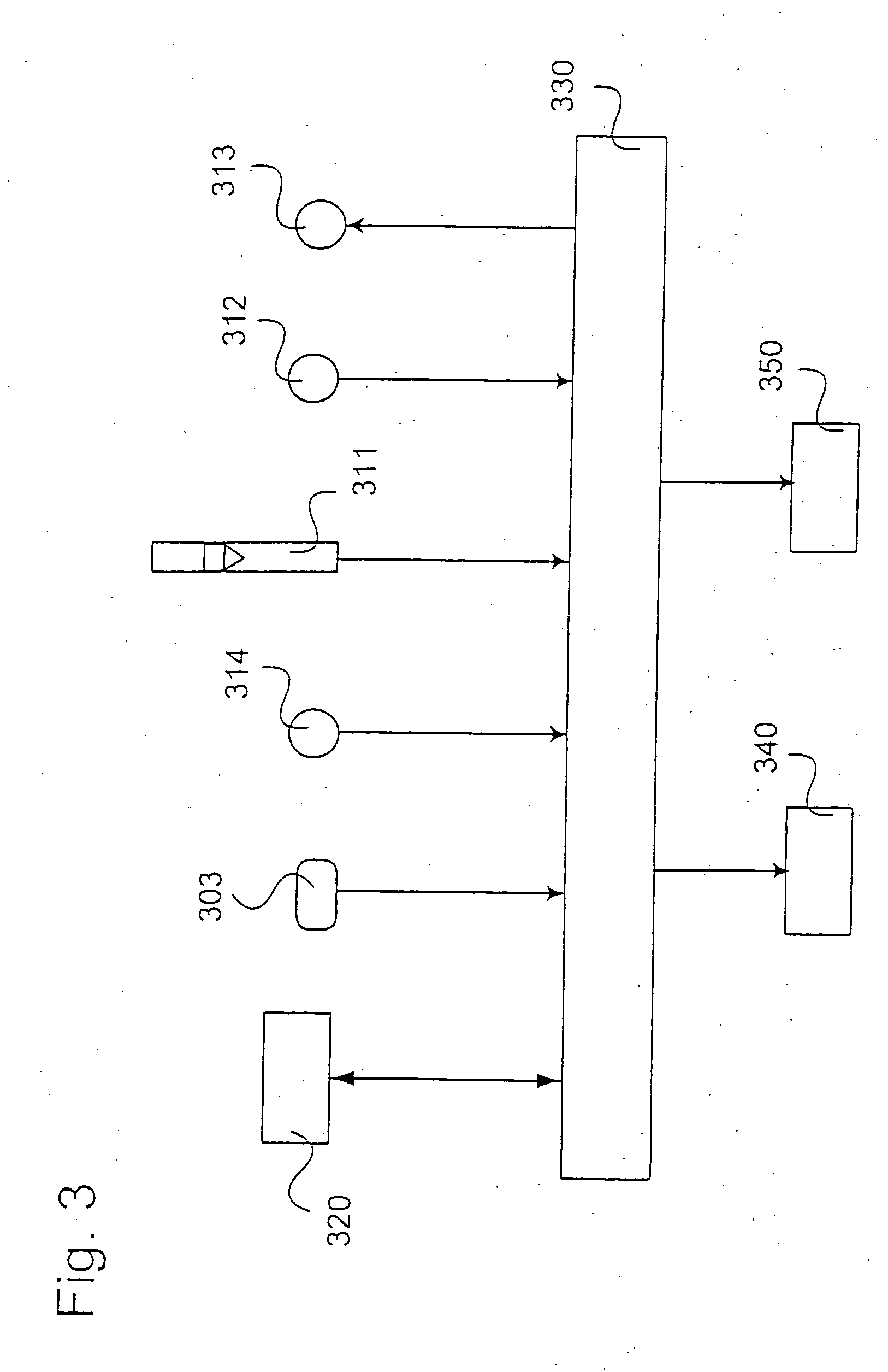Method for friction stir welding
a friction stir and welding technology, applied in the direction of high frequency current welding apparatus, non-electric welding apparatus, manufacturing tools, etc., can solve the problems of reducing the tendency of softened metal to adhere to the rotating probe and tool shoulder, probably the greatest obstacle to achieving good welding, and reducing the tendency of softened metal to adhere to the rotating probe and shoulder of the tool
- Summary
- Abstract
- Description
- Claims
- Application Information
AI Technical Summary
Benefits of technology
Problems solved by technology
Method used
Image
Examples
Embodiment Construction
[0030] In accordance with the invention excess heat is removed from a stir welding tool in order to achieve an improved weld structure throughout the whole weld. In accordance with the invention an embodiment of a temperature control arrangement for a friction stir welding tool and process is described. In the drawing, shown in FIG. 2, a friction stir welding probe 201 and the shoulder 202 thereof is shown mounted on a tool body 210.
[0031] In this drawing is also indicated that the friction stir welding tool has one non-rotating part 206, 210 and a rotating part 205, 202, and 201.
[0032] A temperature control arrangement is shown. Within the tool body 210 and in contact with the tool shoulder a tool temperature controlling circuit 223 is shown. The conduit passes through both the rotating and the non-rotating parts of the friction stir welding tool. In order to accomplish this rotating seals 204 are arranged at the interface between the two parts.
[0033] A chilling unit 220 is arra...
PUM
| Property | Measurement | Unit |
|---|---|---|
| length | aaaaa | aaaaa |
| length | aaaaa | aaaaa |
| thickness | aaaaa | aaaaa |
Abstract
Description
Claims
Application Information
 Login to View More
Login to View More - R&D
- Intellectual Property
- Life Sciences
- Materials
- Tech Scout
- Unparalleled Data Quality
- Higher Quality Content
- 60% Fewer Hallucinations
Browse by: Latest US Patents, China's latest patents, Technical Efficacy Thesaurus, Application Domain, Technology Topic, Popular Technical Reports.
© 2025 PatSnap. All rights reserved.Legal|Privacy policy|Modern Slavery Act Transparency Statement|Sitemap|About US| Contact US: help@patsnap.com



